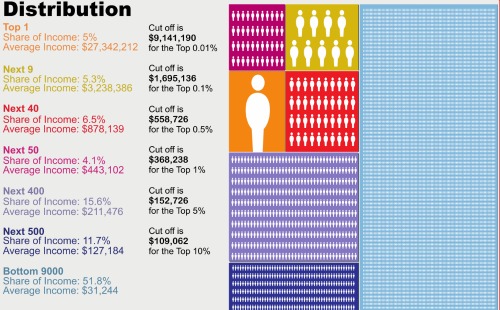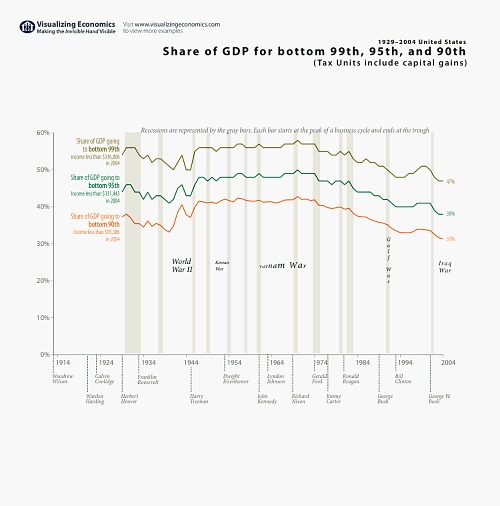Jeff Bercovici of Forbes responds to my post calling on papers to follow the NYT‘s lead on charging for news by noting that the Times is an exceptional paper and that others seem to be saying “they’re not sure their products are good enough to be worth paying for.”
I’ve raised that issue before too, and I agree that lots of papers seem to have little left to pay for. But even the weakest newspapers still have their hardcore readers. What the NYT has done is created a template for how to charge them without repelling the other 98 percent of a site’s Web traffic. Heads you win a bit, tails you don’t lose.
Tens of millions of people still pay for newspapers even though they’ve been giving themselves away for free online, with bells and whistles like video and podcasts, for fifteen years now. They still pay even though newspapers have gutted their staffs in the last several years and are shadows of their former selves. I guess some people actually do buy the paper for the fishwrap (and certainly many buy on Sunday for the coupons, for instance), but most buy it to read it.
Bercovici also notes that “the IT architecture necessary to support that across different devices is not cheap.” But it’s not like smaller papers have to spend tens of millions of dollars figuring out how to build one and then how leaky to make it. The Times has led the way on the latter and third-party vendors like Press+ have ready-made, customizable paywalls that answer the IT question.
At this point, papers really don’t have much lose by trying.
— Raw Story reports on an interesting Occupy Wall Street counterprotestor: Tom Leppert, board member at failed predatory lender Washington Mutual.
If there were an award (and The Audit may just have to create one) for Least Self-Aware Person Alive, Leppert would be an early favorite:
“The Occupy Wall Street crowd represents the same flawed values that got our country into this economic mess,” Tom Leppert’s “EndOccupy.com” claims. “They possess a false sense of entitlement and think they should be receiving government handouts and run up the debt on an imaginary credit card by making hard-working Americans and future generations pay for the bill.”
WaMu, of course, was one of the principal agents that got us into the crisis, with its boiler-room tactics incentivized by company policies that paid brokers to stick customers in bad mortgages.
How rotten was WaMu? Fifty-four percent of WaMu’s subprime loans in Cleveland were in foreclosure by 2009, according to The Seattle Times. In the ten worst foreclosure markets in the country, WaMu’s subprime loans went bad at three times the rate of Countrywide’s, making Angelo Mozilo’s firm look like a paragon of straight dealing in comparison.
You’d think a guy who joined the WaMu board of directors in 2005 and was on its audit committee during the worst of the predatory lending would want to keep his head down. Nice catch by Raw Story.
— Barry Ritholtz makes the good point that the top 0.1 percent and top 0.01 percent is where the real action is at, as this fantastic graphic from Visualizing Economics shows:
The top 0.1 percent gets 10 percent of all income in the U.S. To be in the top 1 percent you have to make a minimum $368,000 a year.
Meantime, also from Visualizing Economics, here’s how the bottom 99 percent’s share of income has changed over the decades (note that this only goes through 2004):
Ryan Chittum is a former Wall Street Journal reporter, and deputy editor of The Audit, CJR’s business section. If you see notable business journalism, give him a heads-up at rc2538@columbia.edu. Follow him on Twitter at @ryanchittum.


